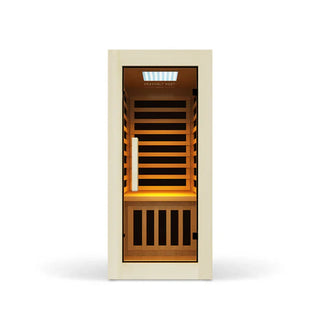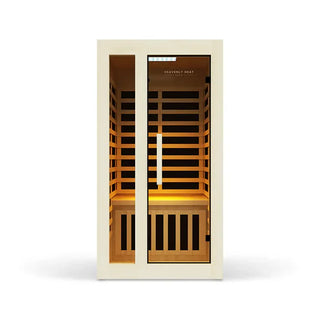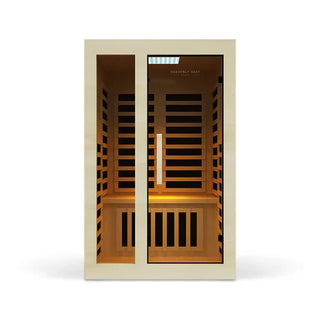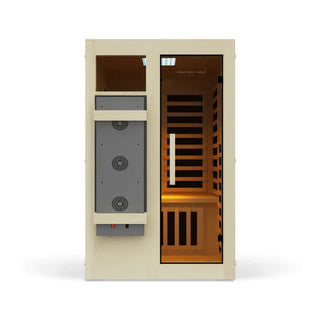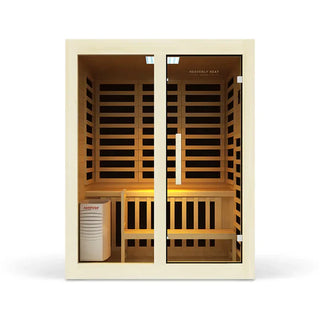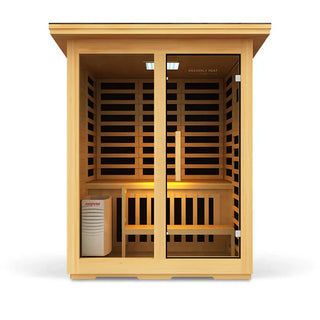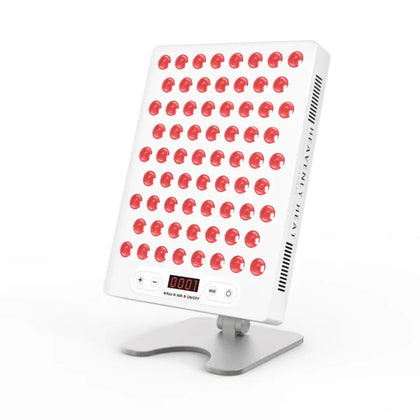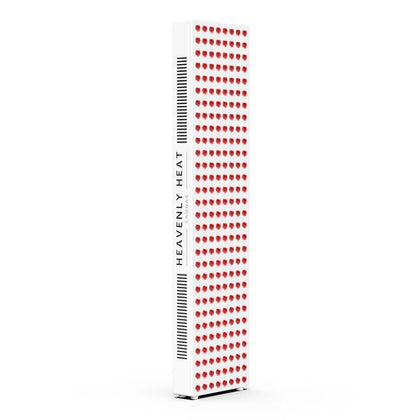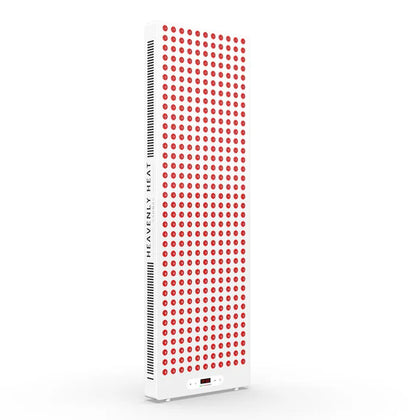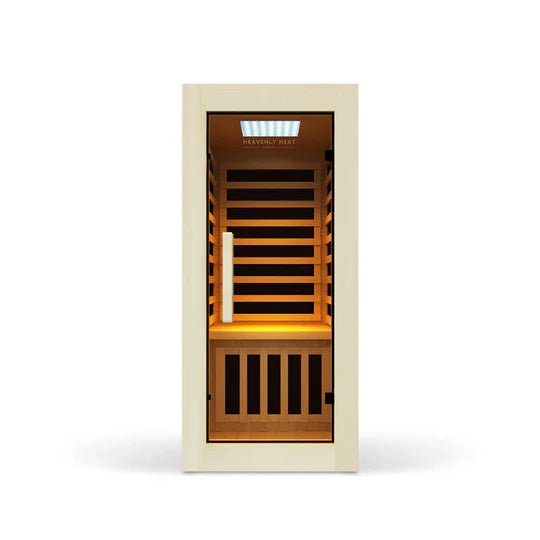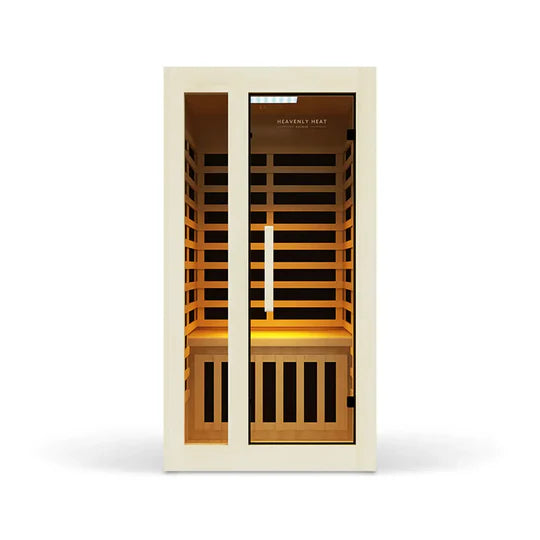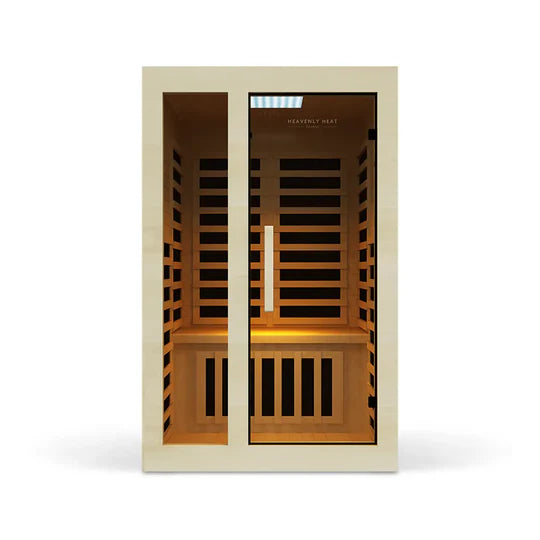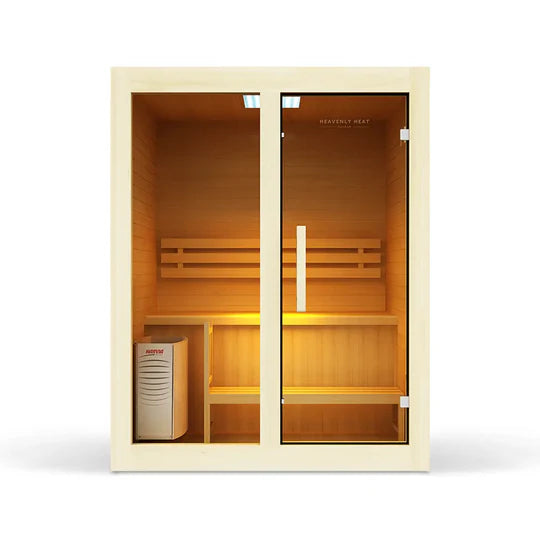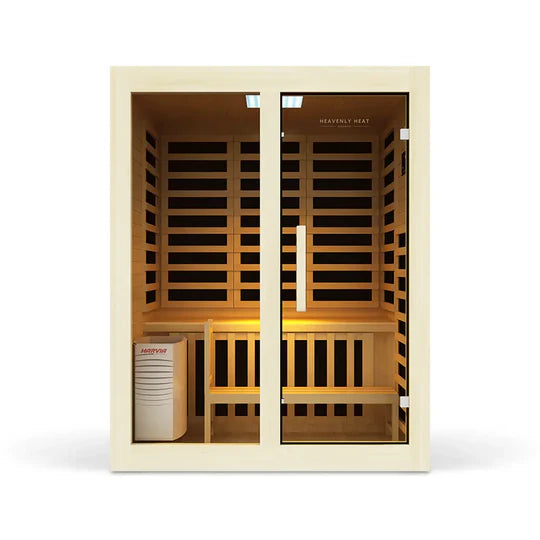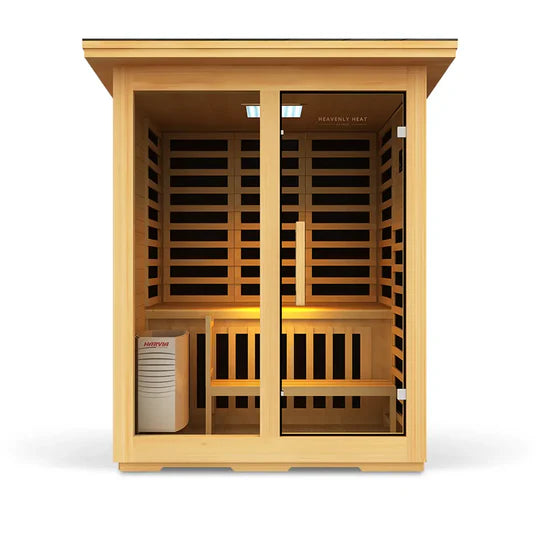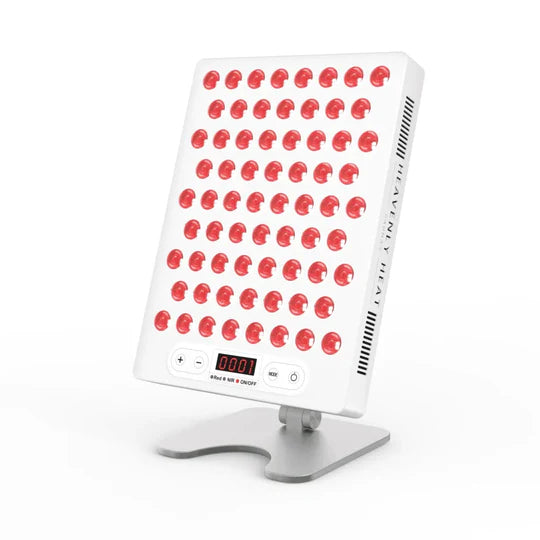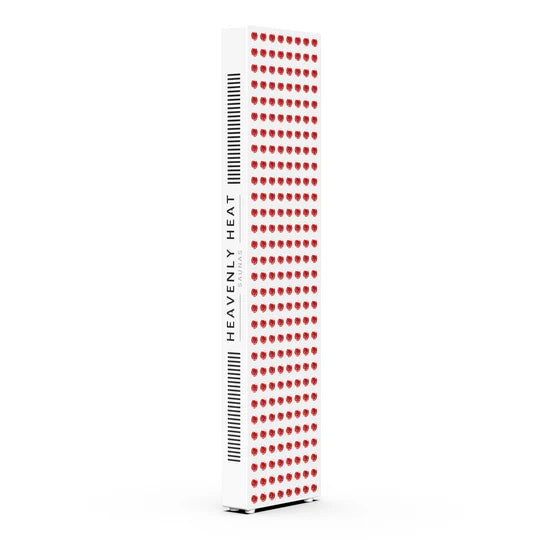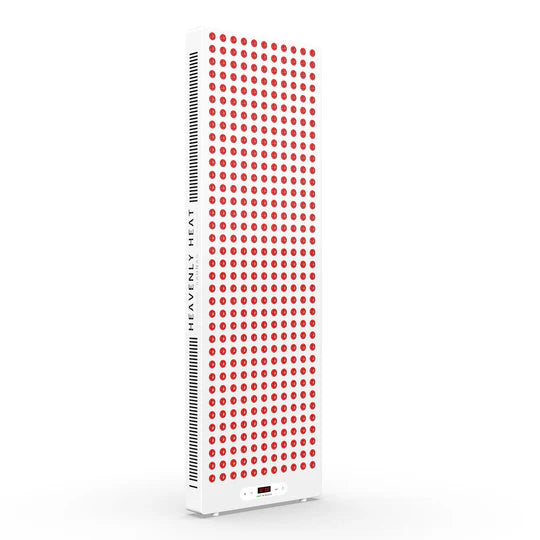Sauna Benefits For Skin: Secrets Revealed
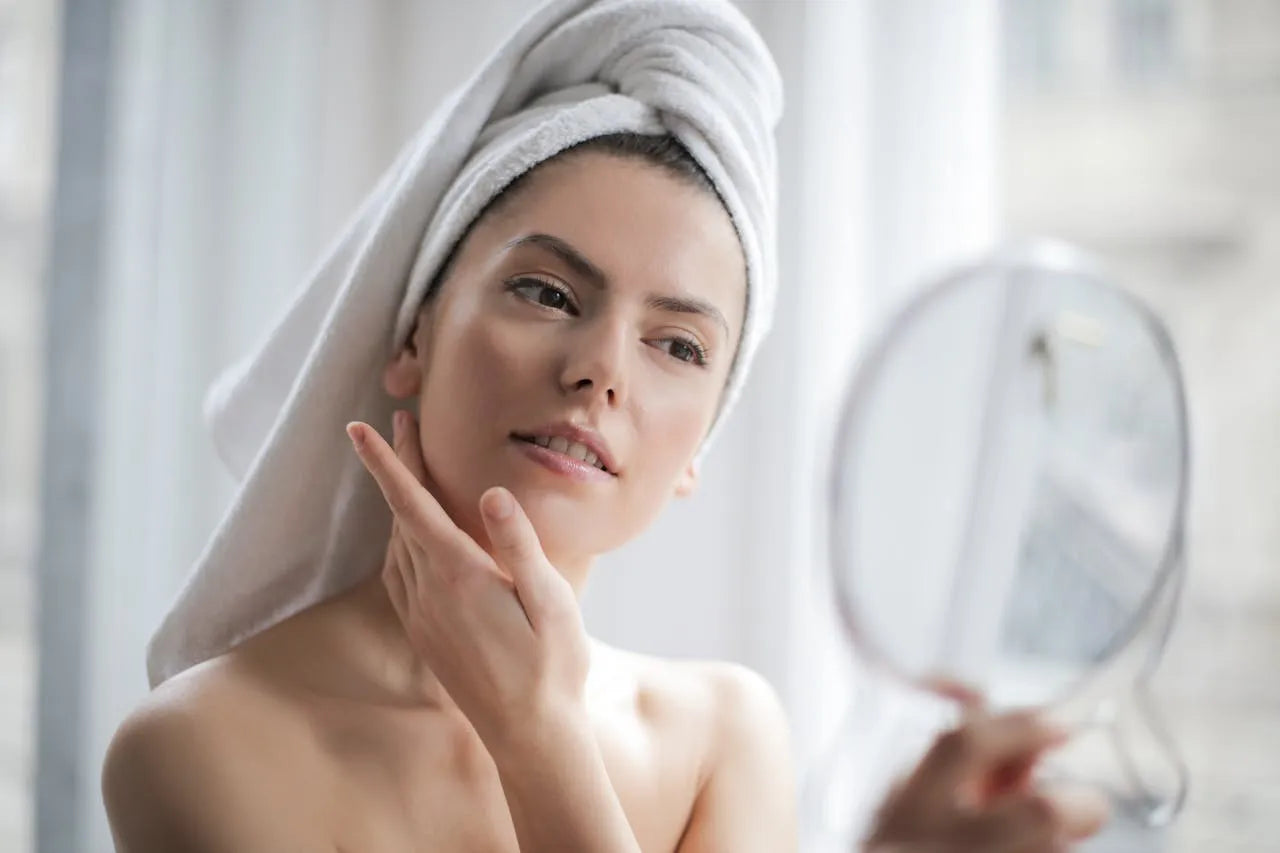
Struggling with dull, tired skin? Feeling frustrated by clogged pores and breakouts? Discover the rejuvenating power of saunas for clearer, glowing skin.
Sauna Benefits For Skin
Saunas help patients with psoriasis
A study published in The American Journal of Medicine found that sauna bathing can help people with psoriasis. Regular sauna sessions keep skin lesions free of thick scales, which eases symptoms.
Unlike other treatments, saunas do not dry out the skin, making them a gentle option for managing psoriasis. This therapy helps remove scales and improves the skin’s appearance, offering an easy way to manage symptoms.
Increased Skin Hydration
A 2008 study found that regular sauna bathing, particularly sessions at 80 degrees Celsius for two 15-minute periods, significantly improves skin hydration.
This is evidenced by a stronger barrier function of the outer skin layer (stratum corneum) and quicker recovery from conditions such as excessive water loss and pH imbalance. Volunteers who frequently used the sauna demonstrated higher levels of skin hydration, indicating a protective effect on skin health.
These findings suggest that sauna bathing not only boosts skin moisture but also enhances its ability to withstand environmental challenges, promoting healthier and more resilient skin.
Sauna use leads to a more stable epidermal barrier function
Regular sauna sessions improve skin health by stabilizing the epidermal barrier. This is seen through increased hydration of the outer skin layer and quicker recovery from conditions like high water loss and pH imbalance after sauna exposure.
In a study of 41 healthy adults, those regularly using saunas showed these benefits compared to a control group. They also experienced improvements in heart rate, sweat composition, and skin blood flow, indicating better skin resilience.
Notably, participants had less forehead sebum, suggesting saunas protect skin by maintaining ideal pH levels and moisture retention in the outer skin layer.
Sauna blood flow in the skin
Sauna increases skin blood flow to regulate body heat. It initially lowers blood pressure, compensated by increased heart rate and reduced blood flow to organs.
Cooling after sauna, like with cold air or showers, constricts skin vessels, briefly raising blood pressure. These responses are controlled by the sympathetic nervous system.
Regular sauna reduces these effects over time. Sudden cold exposure, however, can stress the heart temporarily. Sauna poses minimal cardiovascular risk when done correctly, mainly for those with heart issues.
Sauna increase collagen production
A 2006 study discovered that infrared radiation, similar to sauna sessions, boosts collagen production in skin cells. This helps smooth skin and reduce wrinkles.
Infrared light enhances collagen synthesis in dermal fibroblasts, improving skin texture and elasticity. Sauna treatments show promise for non-invasive skin rejuvenation by enhancing skin tone and firmness. Sauna-induced collagen production is a safe and effective method for revitalizing aged skin.
It lowers risk of pneumonia
Regular sauna bathing can help lower the risk of pneumonia. A study on middle-aged men showed that those who had better cardiorespiratory fitness and used the sauna more frequently were less likely to develop pneumonia compared to those who were less fit and used the sauna less often.
Combining good fitness with regular sauna sessions seems to provide better protection against pneumonia than doing either alone.
This suggests that adding sauna baths to a healthy routine may help reduce the chances of getting respiratory infections like pneumonia, offering benefits beyond relaxation.
Risks of sauna for your skin
May increase itching in patients with atopic dermatitis
Sauna bathing can worsen itching in people with atopic dermatitis. While it doesn’t dry out the skin and might help those with psoriasis, sweating in the sauna can heighten itchiness for those with this skin condition.
Therefore, caution is advised for people prone to atopic dermatitis considering sauna use, as it may make their symptoms worse instead of better.
May Cause itching in patients with cholinergic urticaria
Sauna bathing is generally considered safe for the skin; however, it may cause itching in individuals with cholinergic urticaria, a condition characterized by a hypersensitive response of the skin to heat.
This intense itching can occur during or after sauna sessions, affecting those prone to this specific type of skin reaction.
Hot air sauna burns
Sauna bathing is popular worldwide but carries a risk of hot air sauna burns (HASBs), which are rare yet severe injuries. HASBs occur when parts of the body are exposed to prolonged hot air, leading to deep tissue damage alongside full-thickness skin burns.
Unlike more common burns, HASBs require immediate surgical treatment to manage rhabdomyolysis effectively. Treatment often involves amputation and muscle excision, with pedicled flaps used during surgery due to compromised blood vessels beneath the burned skin.
Conclusion
Sauna bathing offers a range of skin benefits, from improving hydration and collagen production to potentially easing symptoms of conditions like psoriasis.
However, caution is needed for individuals with specific skin conditions like atopic dermatitis or cholinergic urticaria, as sauna use may exacerbate itching.
While generally safe, rare instances of sauna burns highlight the importance of proper usage. Overall, when used correctly, saunas can promote healthier, more resilient skin and contribute to overall well-being. Heavenly Heat infrared saunas are the perfect way to begin your sauna journey
